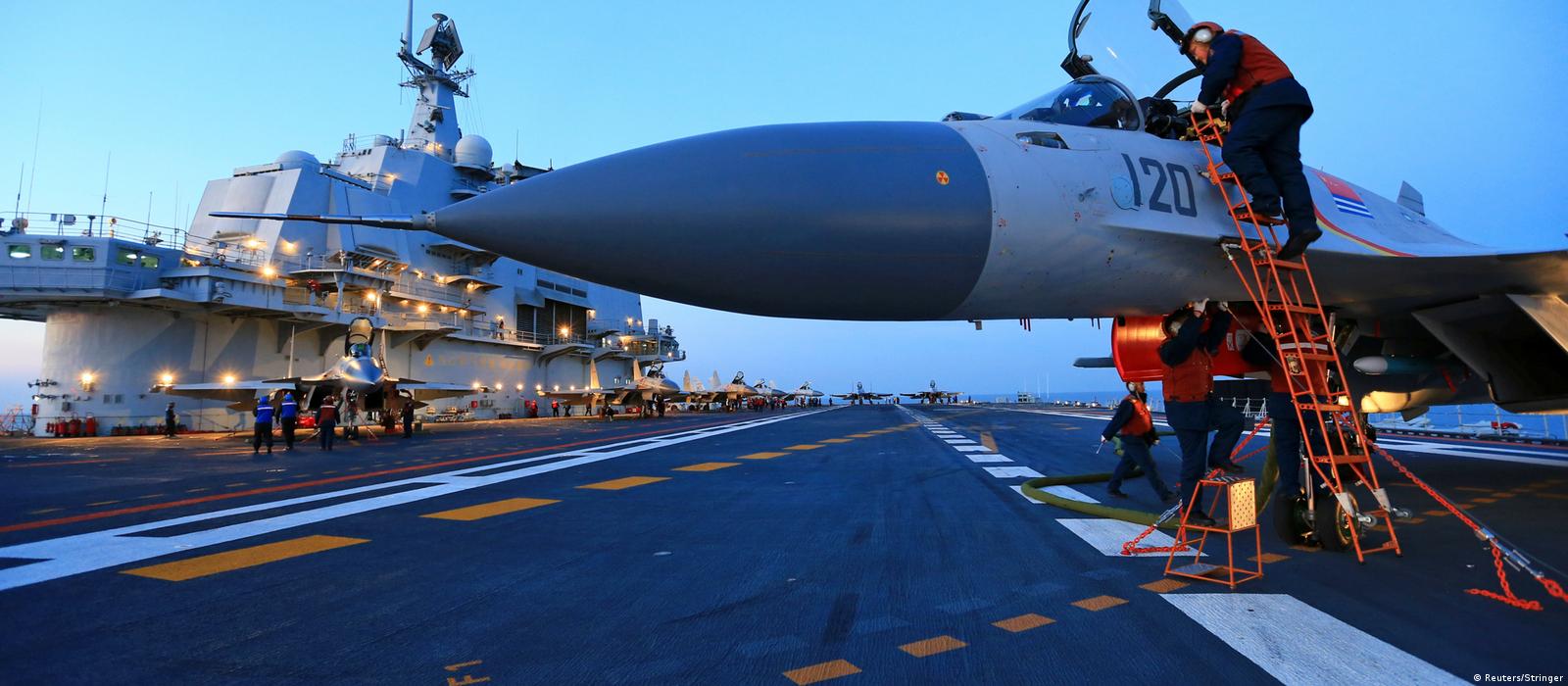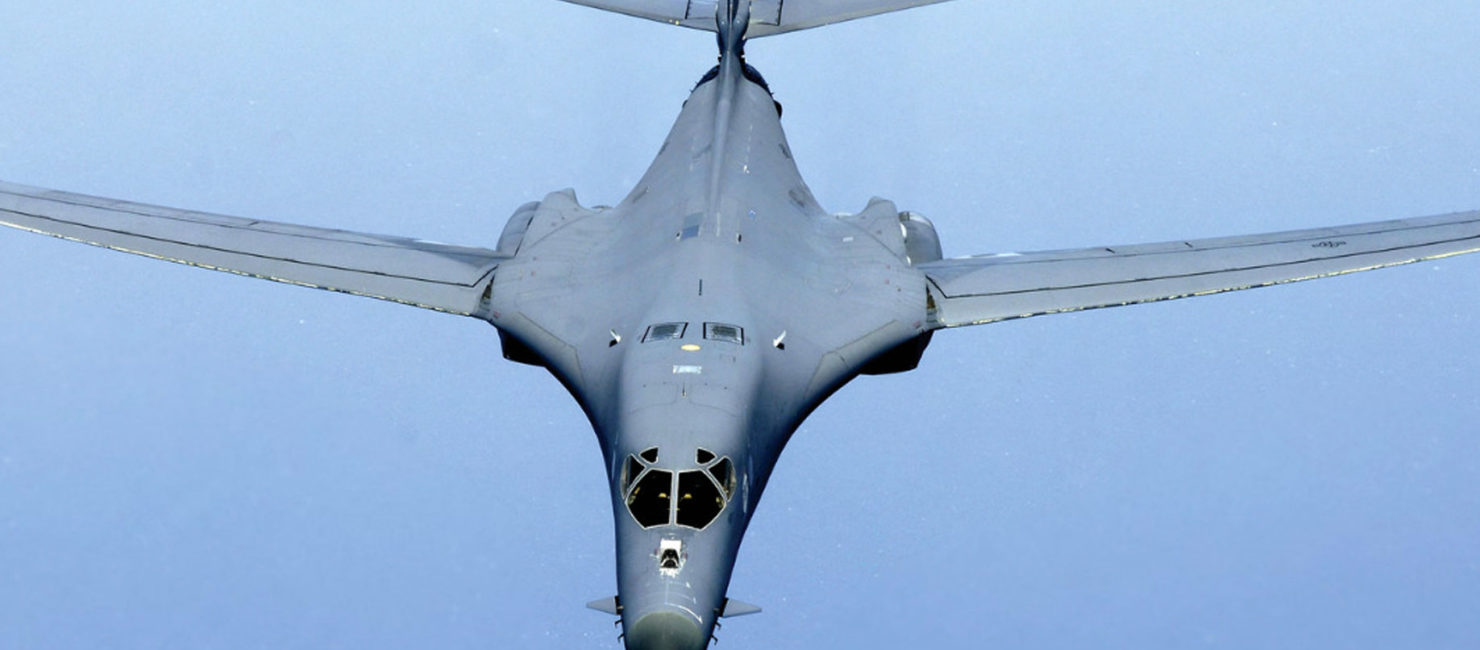Military Aircraft Live - Military Aircraft Tracking - NATO and RUSSIAN Air Force Military Air Bases Map - World Air Force Location Map Cargo Airline Tracking - Live Map including: DHL, UPS, FedEx, etc. Air Medical Services: First Aid, Emergency, Airport Search and Rescue IATA / ICAO Codes - 10,000 airports and aerodromes Air waybill tracking - choose from 237 cargo airlines
USAF KC135R LAGR973, USAF E8C Joint STARS REDEYE6, USAF KC10 NACHO134, NATO A330NRTT MMF18, USAF C130H HKY152, USAF KC10NACHO134, USAF B52 NOBLE42, USAF KC10 NCHO23
Military Aircraft Live

Only the first three production versions of the B-52A were built, all of which were delivered to Boeing for flight testing. The first production B-52A differed from the prototypes in a modified forward fuselage. The bubble canopy and tandem seats were replaced by a side-by-side arrangement, and a 21-inch (53 cm) nose extension accommodated more avionics and a new sixth crew member. A tail turret with four 0.50 in (12.7 mm) machine guns with a fire control system and a water injection system was added to the aft fuselage to increase the power of the water tank engine by 1,363 l ( 360 US gal). The aircraft also carried a 1,000 US gal (3,785 l) external fuel tank under each wing. The tanks dampened wing flapping and also kept the wingtips close to the ground for ease of maintenance.
Fw, 48 Fw Conduct Live Fire Air To Air Training Employment >
u.s. Air Forces In Europe & Air Forces Africa
> Article DisplayThe last B-52A (s/n 52-0003) was modified and redesignated NB-52A in 1959 to carry the North American X-15. A pylon was mounted under the right wing between the fuselage and the internal engines, with a 6 ft x 8 ft (1.8 m x 2.4 m) section removed from the right wing flap to fit the X-15's tail. Tanks with liquid oxygen and hydrogen peroxide were installed in the bomb bays to refuel the X-15 before launch. Its first flight with the X-15 was on March 19, 1959, and its first launch was on June 8, 1959. The NB-52A, nicknamed "High and Mighty," carried the X-15 on 93 of the program's 199 flights .
The B-52B was the first version to enter service with the United States Air Force on June 29, 1955 with the 93rd Bombardment Wing at Castle AFB, California. This version included minor changes to the engines and avionics, allowing for a 12,000 lb increase in thrust from water injection. The aircraft's temporary grounding following an accident in February 1956 and again in July of the following year caused delays in training, and there were still no combat-ready B-52 crews by mid-year.
Of the 50 B-52Bs built, 27 were capable of carrying a reconnaissance pod like the RB-52B (the crew of these aircraft increased to eight). , K-38 and T-11 cameras and two operators in ejector seats firing. It only took four hours to install the module.
NB-52B was B-52B number 52-0008 converted to the X-15 launch platform. It subsequently flew as "Balls 8" in support of NASA research until 17 December 2004, making it the oldest B-52B flying. It was replaced by a modified B-52H.
Us Unveils New Fighter Jet At Defense Forum
The B-52C's fuel capacity (and range) increased to 41,700 US gal with the addition of 3,000 US gal underwing fuel tanks. Gross weight increased by 30,000 pounds (13,605 kg) to 450,000 pounds. The new MD-9 fire control system was introduced in this model. The belly of the aircraft was painted with white anti-reflective paint, which was supposed to reflect the thermal radiation of a nuclear explosion.
Initially, the RB-52C designation was assigned to B-52Cs intended for reconnaissance similar to the RB-52B. Because all 35 B-52Cs could be fitted with a reconnaissance pod, the RB-52C designation saw little use and was quickly abandoned. B-52D
The B-52D was a specialized long-range bomber with no reconnaissance capability. The Big Belly modifications allowed the B-52D to carry heavy loads of conventional bombs to bomb Vietnam, while the Rivet Rambler modification added Phase V ECM systems that were superior to those used on most later B-52s. Because of these upgrades and long-range capabilities, the Model D was used more widely in Vietnam than any other model. Planes bound for Vietnam were painted in camouflage with black bellies to protect them from searchlights.

The B-52E received updated avionics and a bombardment system, which was eventually refined and included in later models.
Combat Is The Mother Of Invention
One -E aircraft (serial number AF 56-0632) was modified as a test bed for various B-52 systems. The aircraft, redesignated NB-52E, was equipped with canards and a load reduction and stabilization system so that it reduced airframe fatigue from wind gusts during low-altitude flight. In one test, the plane flew 10 knots (11.5 mph, 18.5 km/h) faster than it had ever gone without damage because the canards had eliminated 30% of the vertical vibrations and 50% of the horizontal vibrations caused by gusts. wind.
This aircraft received higher-powered water-injected J57-P-43W engines to provide more thrust than earlier models. This model had fuel leakage issues which were eventually resolved by various service modifications: Blue Band, Hard Shell and QuickClip.
The B-52G was proposed to extend the useful life of the B-52 during delays in the B-58 Hustler program. At first, a radical redesign was envisaged with a completely new wing and Pratt & Whitney J75 engines. This was abandoned so as not to slow down production, although a large number of changes were made. The most significant of these was a new "wet" wing with integrated fuel tanks, which increased the aircraft's gross weight by 38,000 lb (17,235 kg). In addition, a pair of external 700 US gal (2,650 l) fuel tanks were installed under the wings in the wet hardpoints. The traditional ailerons were also removed, with the spoilers now providing all roll control (roll control was always mainly done by the spoilers due to the danger of wing twisting when the ailerons were deflected, but older models had small ailerons "feel" to provide steering wheel feedback). control). The tail was shortened by 2.4 m (8 ft), the output of the water injection system was increased to 4,540 L (1,200 gal), and the nose cone was enlarged. The tail gunner was moved to the forward fuselage, aiming through a radar sight, and was now fitted with an ejection seat. In the concept, called the "battle station", the attack crew (pilot and co-pilot on the upper deck and two bomber navigation system operators on the lower deck) faced forward, while the defense crew (tail gunner and operator EW) upper deck faced forward. the aft B-52G entered service on 13 February 1959 (one day before the last B-36 had been retired, making the SACs all jet bombers). 193 B-52Gs were produced, making this variant of the B-52 the most produced. Most B-52Gs were destroyed under the 1992 Strategic Arms Reduction Treaty; the last B-52G, number 58-0224, was decommissioned in accordance with the requirements of the New START treaty in December 2013. Several examples remain on display in museums.
The B-52H had the same crew and design changes as the B-52G. The most significant upgrade was the switch to TF33-P-3 turbofan engines, which, despite initial reliability problems (corrected in 1964 under the Hot Fan program), had significantly better performance and fuel efficiency than the turbojet engine J57. The EW and avionics were updated, a new fire control system was installed, and the rear defensive armament was changed from machine guns to the 20mm M61 Vulcan cannon (later phased out between 1991 and 1994). The last 18 aircraft were manufactured to accommodate the ADR-8 counter-missile, which was later upgraded to the rest of the B-52G and B-52H fleet. Four GAM-87 Skybolt ballistic missiles are available. The first flight of the aircraft took place on 10 July 1960 and its entry into service took place on 9 May 1961. This is the only variant that remains in use. A total of 102 B-52Hs were built. The last production B-52H AF aircraft with serial number 61-0040 left the factory on October 26, 1962.
Spangdahlem, Germany. 20th June, 2020. Retired A 10 (l) And Phantom Fighter Aircraft Are Standing In Front Of The Us Military Airport. The Us Government Plans To Reduce The Number Of Soldiers Permanently
This website uses cookies and local storage. By using our services, you agree to our use of cookies and local storage.
Military drone range, laser range finder military, military range bags, military range targets, long range military radio, military radio range, military range finder, military long range binoculars, range rover military discount, military range rover, range of military drones, military range bag
0 Comments